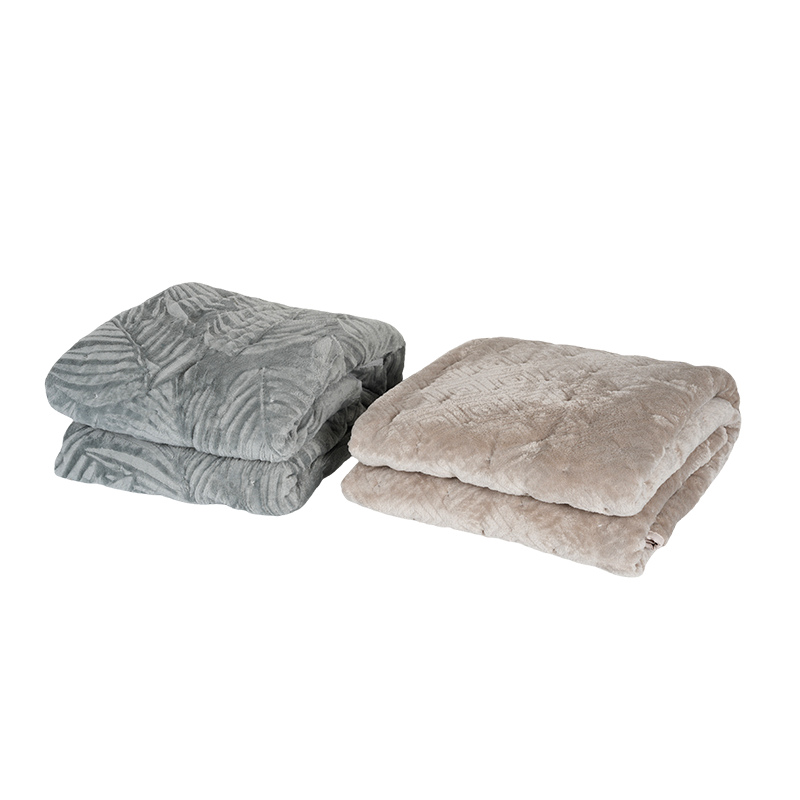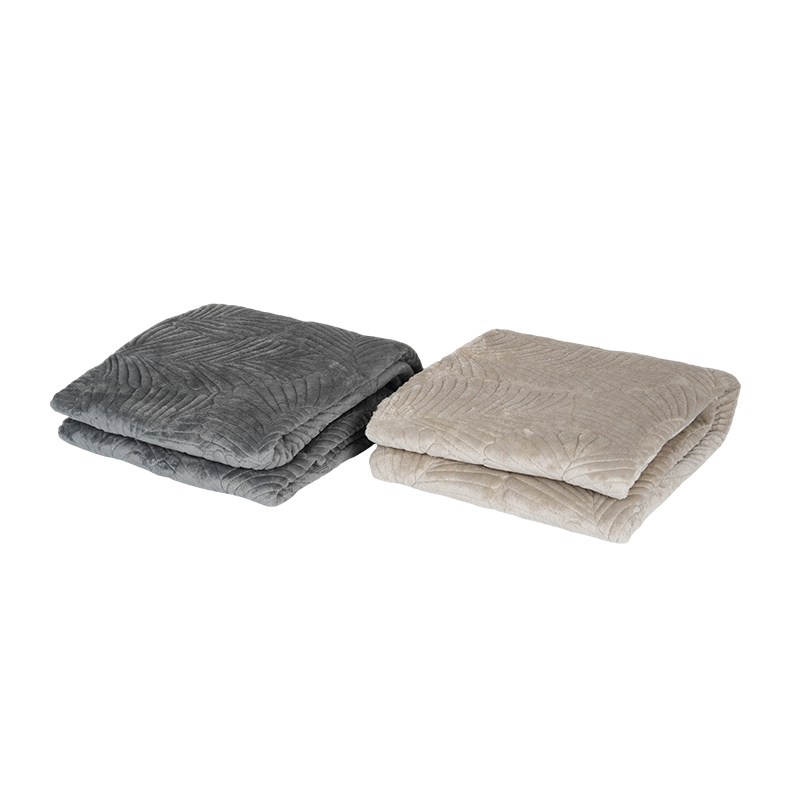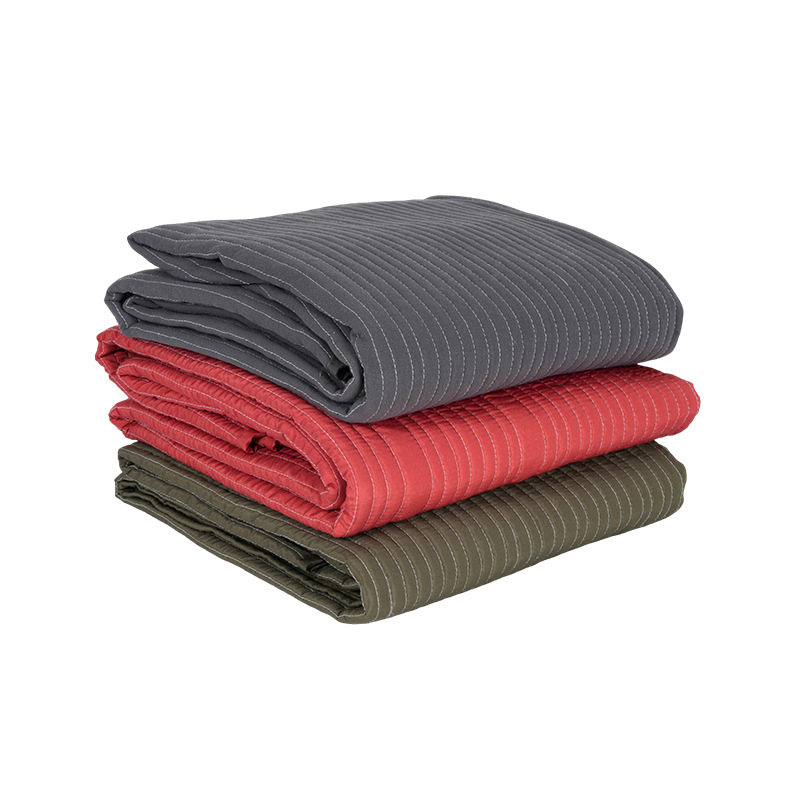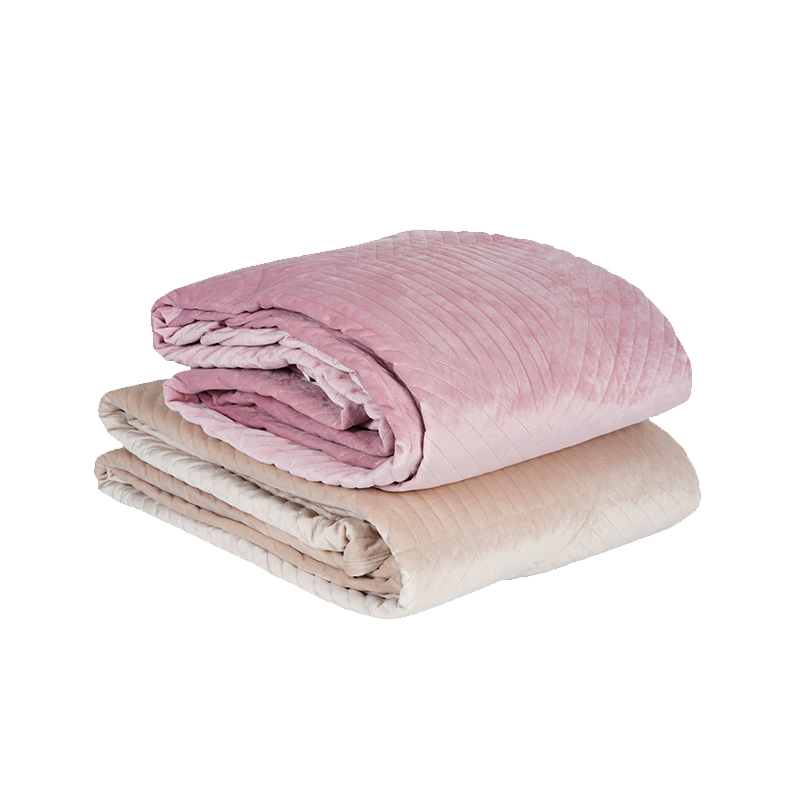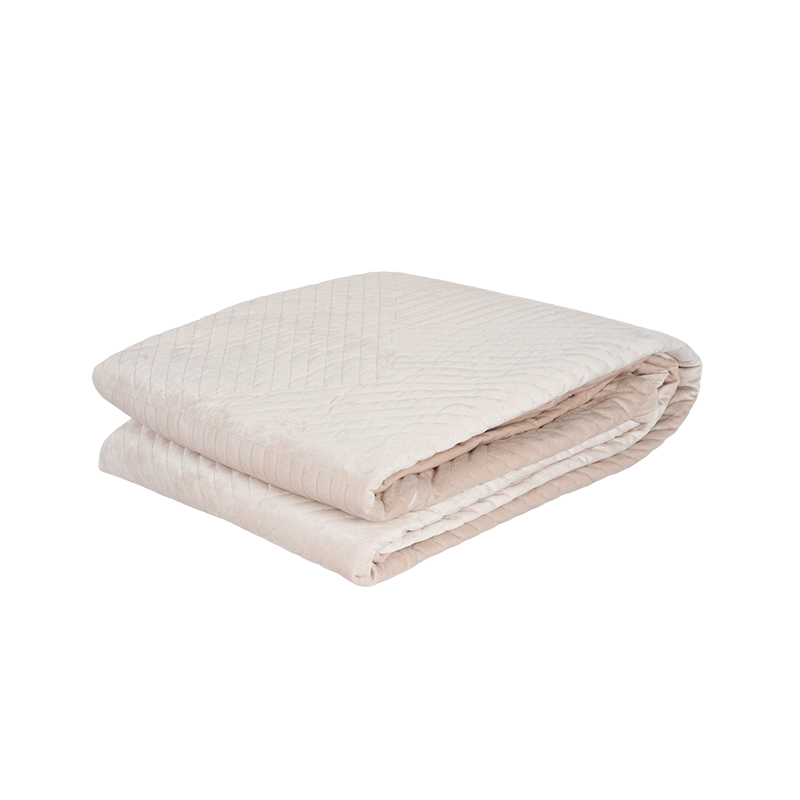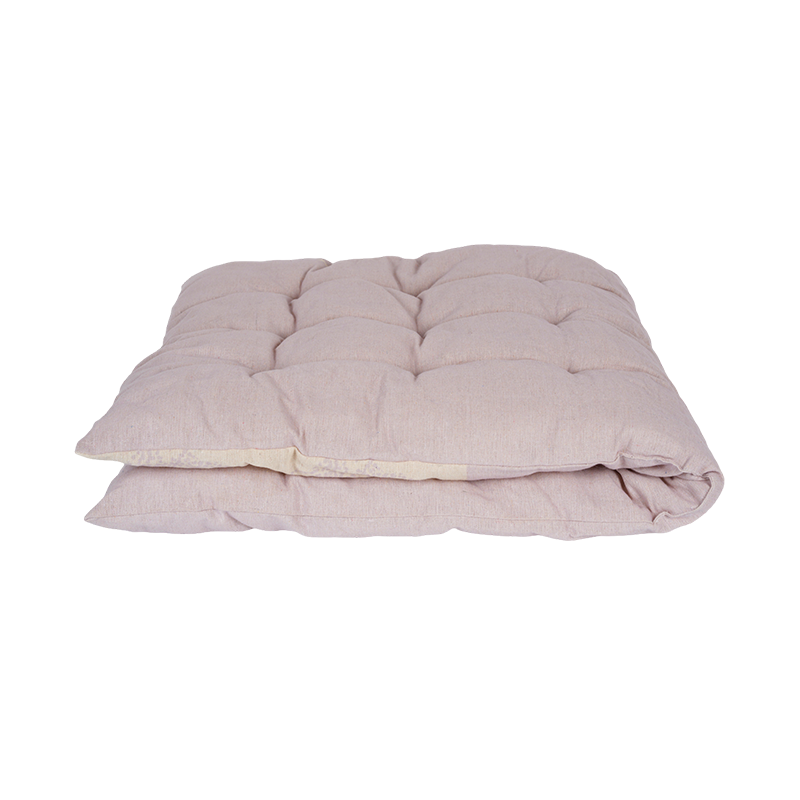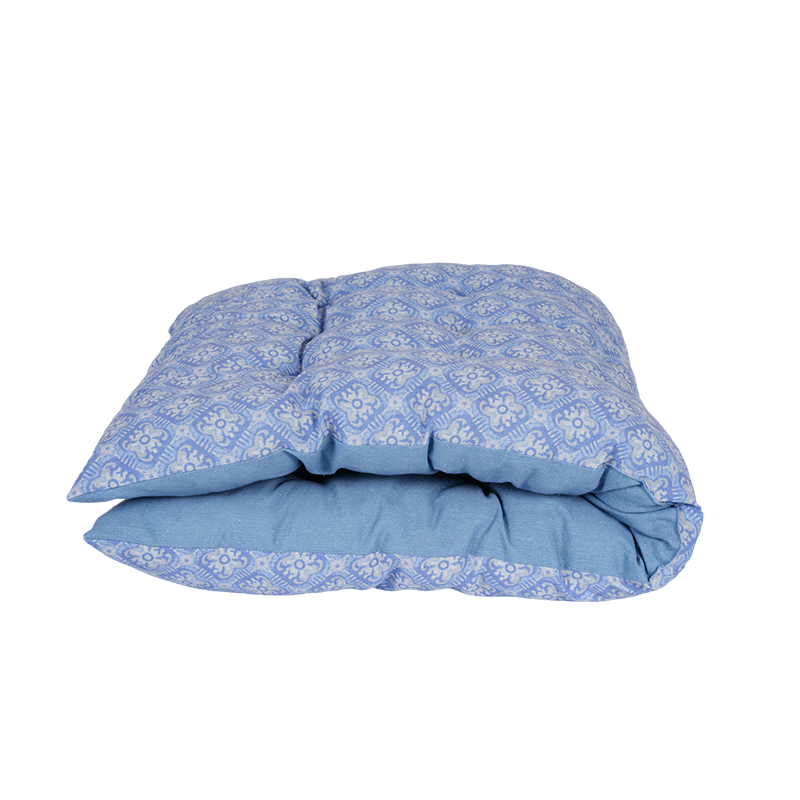- Type:
- Industry News
- Date
- 2025-Jun-09
The Art of Placing Outdoor Chaise Lounge Cushions
Chaise lounges are designed for both lounging and reclining, making them a prime candidate for outdoor spaces that aim to blend relaxation with style. However, the effectiveness of a chaise lounge is significantly influenced by how its cushion is placed. A well-positioned cushion not only enhances comfort but also improves the overall aesthetic of the lounge and the surrounding environment.
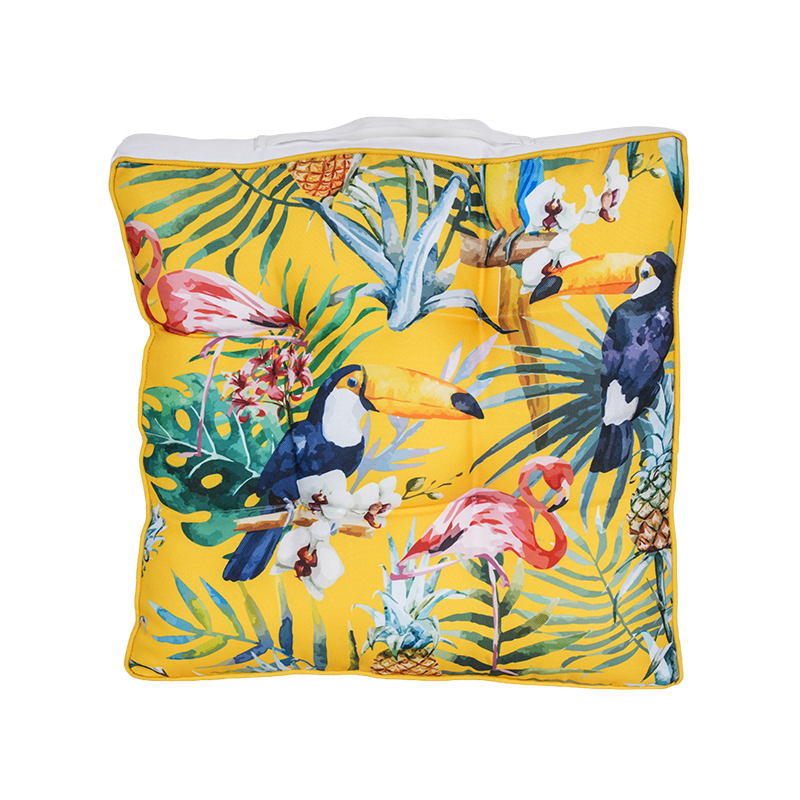
The placement of outdoor chaise lounge cushions is essential for maintaining comfort and functionality. A cushion that doesn't align with the frame or slips out of place can disrupt the lounging experience. Ensure that the cushion fits snugly into the frame of the lounge chair, allowing for even distribution of weight. This provides a consistent level of support and minimizes the chance of the cushion shifting while in use. Additionally, if the cushion is designed with a non-slip bottom or straps, make use of these features to help secure the cushion in place.
Cushion thickness is another critical factor in determining the level of comfort and functionality. For chaise lounges that are typically made from harder materials like metal or wood, thicker cushions are often preferable as they provide added support. Thicker cushions can also make lounging more enjoyable by offering softness without compromising on stability. However, overly thick cushions can make it difficult to adjust the chair's reclining angle, so it's essential to strike a balance.
On the other hand, for lounges made from softer materials such as wicker or plastic, a thinner cushion may suffice, as the base structure itself provides more natural support. The thickness of the cushion should also be chosen based on the intended use. If you plan to use the chaise lounge primarily for reading or sunbathing, a thinner cushion may be sufficient. For extended lounging, a thicker cushion would provide better comfort.
While comfort is the main priority, the aesthetic appeal of the cushion placement should not be overlooked. A well-placed cushion should align with the design of the outdoor space, complementing the color palette and style of the furniture. Consider color contrast or coordinating patterns with the overall theme of your garden, patio, or pool area. Additionally, placing cushions strategically—such as adding extra pillows at the headrest or along the sides—can create a more inviting and stylish look.
Outdoor garden daybeds are good for creating a serene and comfortable environment in gardens, patios, or balconies. They are designed to offer spacious seating or lying areas, ideal for long hours of relaxation. A key factor in ensuring comfort and support on a daybed is the hardness of the cushion. Choosing the right firmness is crucial, as it impacts both comfort and durability.
The hardness or firmness of a cushion refers to the level of resistance it offers when you sit or lie on it. Cushions that are too soft may not provide sufficient support, bring about discomfort after prolonged use. Conversely, cushions that are too hard can be uncomfortable and may make relaxation difficult. For garden daybeds, it is vital to select a cushion that strikes a balance between soft cushioning and firm support.
Firm cushions are ideal for providing the necessary support to prevent sinking or feeling “stuck” in the cushion. This is particularly important for outdoor daybeds, as they are often used for extended periods, whether lounging, reading, or taking a nap. A firm cushion offers sufficient support to keep the body aligned, preventing discomfort or muscle strain.
Firmness also contributes to the cushion's ability to maintain its shape over time. Daybeds are often exposed to outdoor elements, and a cushion that is too soft may lose its form more quickly due to compression. Therefore, a firmer cushion ensures that the cushion maintains its shape, even after heavy use.


 English
English
 English
English Español
Español